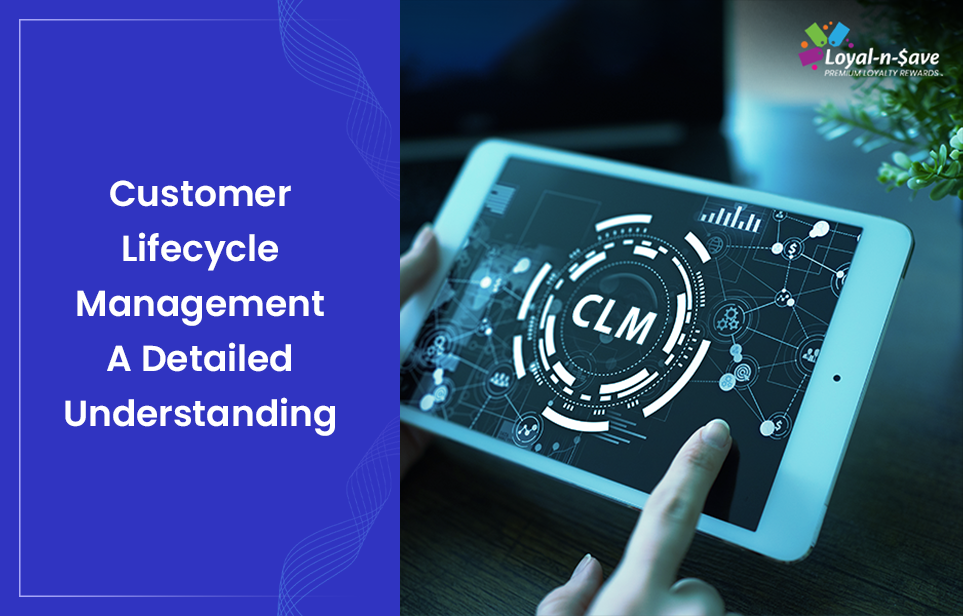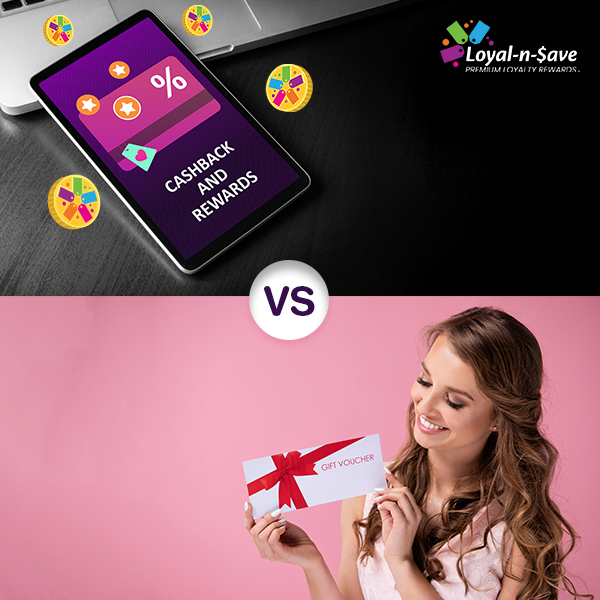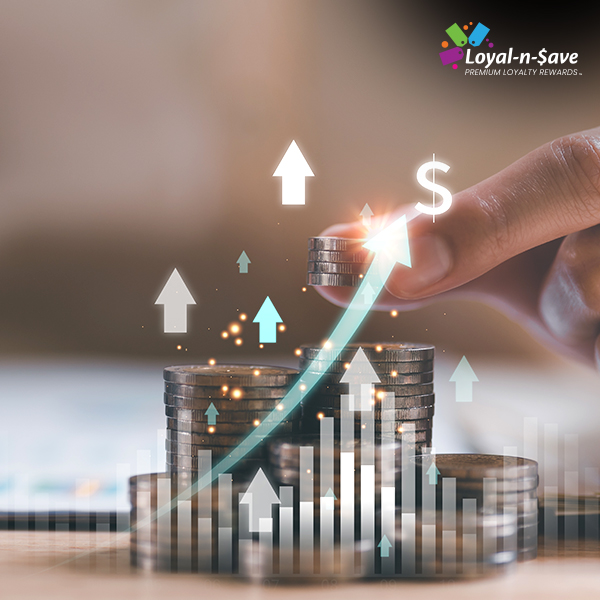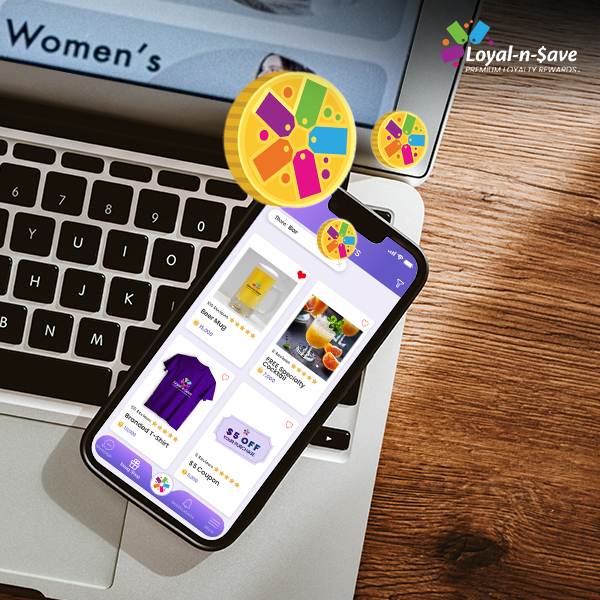Customer Lifecycle Management: A Detailed Understanding

The practice of recording a customer’s steps leading up to a purchase is known as customer lifecycle management (CLM). Give CLM top priority to improve customer service and keep them coming back. Almost every business aspires to achieve certain objectives, including drawing in new customers, offering unique products or services, and creating long-lasting customer connections that generate repeat business. However, excellent intentions alone won’t get us there; we also need to have a customer lifecycle management process in place.
You will learn what customer lifecycle management is, why it’s important for a positive customer experience, and how to establish a customer lifecycle management process in today’s blog post.
What exactly is the customer lifecycle?
A customer’s journey to reaching a purchasing decision is described by the customer lifecycle. Customer lifecycle practices include the following: awareness, engagement, conversion, retention, and loyalty. For your sales and support teams, the data you gather at each stage of the customer lifecycle can provide crucial insights and reveal opportunities to enhance the customer experience.
The significance of the customer lifecycle
See the customer lifecycle as an arc that begins when a customer first discovers your business or products and progresses to the end result: customer loyalty. Understanding the customer journey and making sure agents have the resources they need to offer the best service at every point depend on this.
Decision-makers can continue to make wise business development and customer care decisions thanks to the comprehensive view of a company’s operations provided by the customer lifecycle. Additionally, it helps businesses in pinpointing areas for development and enhancing the customer experiences. For example, it can give organizations suggestions on what resources to develop so that customers can use self-service assistance to find the solutions they need.
What does customer lifecycle management entail?
Customer lifecycle management (CLM) and customer relationship management (CRM) are intertwined, and both represent the culmination of several customer-related indicators that businesses track throughout time. To better understand performance, metrics are assigned to each stage of the customer lifecycle and analyzed.
What exactly is a customer lifecycle map?
A customer journey map is a visual aid that helps sales, support, and marketing teams in comprehending customer interactions at each stage of the buyer’s journey.
The 5 stages of the customer lifecycle
The customer lifecycle describes the journey a customer takes from the time of their initial contact with your business until long after they have established themselves as a devoted customer. There are five stages in the customer lifecycle:
Awareness
At the awareness stage, when they first discover your business and show interest in your goods or services, all new customers begin their journey. Customers, however, could be at various levels of customer awareness. They might not know anything at all, or:
- Fully aware
- Problem aware
- Product aware
- Solution aware
Customers frequently find out about new businesses through lead sources like networking events, paid advertising, outbound sales, blogs, social media, and referrals.
Engagement
Engagement is the next phase of the customer lifecycle. Sales-centric businesses might prefer to use the term “consideration.” However, as “engagement” is a more inclusive term that encompasses all customer interactions, it often meets the demands of most businesses. At the customer engagement stage, businesses can interact with prospective customers by building a strong knowledge base, offering chat support, and providing human touchpoints along the journey.
Some ways to interact with customers are as follows:
- Deliver push notifications
- Engage with followers on social media
- Send out customer feedback surveys
- Send personalized messages for milestones and special occasions
- Offer customer support using a variety of mediums (such as print and video)
Conversion
With multiple payment methods and the fewest number of steps as possible between the user clicking “Buy” and receiving a confirmation email, the conversion stage (or purchase step) should be seamless. You should also make it simple for potential customers to contact your support staff and be open and honest about price, returns, and refunds.
Your agents can utilize that useful information to personalize conversations when you integrate your marketing software and tools with your customer service solution. For instance, if an agent is aware that a customer has a full shopping cart or is aware of previous transactions, they can utilize that data to personalize the conversation and increase sales.
Try the following to increase conversions even more:
- Including quick and simple contact methods for customer service on your website
- Providing crucial customer context to agents to enable cross-sells and upsells.
- Developing pertinent materials for every stage of the customer journey
- Using your website to send customers proactive messaging based on user behaviors and past interactions
Retention
Building relationships starts at the customer retention stage. Customer satisfaction should be your primary focus once you’ve closed the deal with your new customer. Customers are more likely to stick around when you provide a good onboarding experience and continued support.
The following actions will help you create relationships that will last:
- Providing customized services to customers
- Adapting to the needs of the customer
- Increasing customer trust
- Always updating customers with account-related information
- Thanking customers for their business
- Offering post-purchase assistance
- Providing benefits and savings to loyal customers
Loyalty
When all the aforementioned phases of the customer lifecycle are present, customer loyalty occurs. If you are able to successfully lead a customer through each stage, you will probably emerge with a solid brand advocate.
They will turn to you for the goods or services they require, recommending you to their friends and family in the process. A loyal customer is more likely to be one for life. You can offer rewards and customer loyalty programs like: to show these customers your appreciation and strengthen their ties to your company.
- Discounts and early access
- Points programs
- Referral programs
- Tier-based loyalty programs
- Thank you notes
Management procedures for the customer lifecycle
The success of CLM management projects primarily depends on smooth cross-functional teamwork, clearly defined business objectives, and a clear understanding of the customer. We will be breaking down the customer lifecycle management process step-by-step and demonstrating how to improve customer experiences.
1. Identify your ideal customer
You need to comprehend your customers, who they are, and whether they are in the market for what you are giving before you go too deep into the customer lifecycle. For each customer segment you intend to target, create a customer profile.
Every business will have a different idea of the ideal customer. By first deciding which customer traits are most important to you, you can define yours. These qualities could consist of:
- A demand for your product
- Financial capacity to pay your prices
- Demographics (job title, industry, age, gender, etc.)
- Purchasing patterns and buying power
- Pain points
2. Track the buyer’s journey
The total of all stages in the customer lifecycle is the buyer’s journey, also known as a customer’s journey or a purchase journey. Consider the journey customers take to decide whether or not to buy anything. To map the customer lifecycle journey, do the following:
- Establishing business goals
- Creating customer profiles
- Segmenting customers
- Making use of data to locate touchpoints and provide educational materials
With the help of a customer lifecycle journey map, you can:
- Recognize the feelings, viewpoints, and pain points of the customer
- Predict customer needs
- Plan essential touchpoints to further the deal
This article was written by Loyal-n-Save, an omni-channel customer loyalty solution for retailers looking to increase customer retention and new customer acquisition.
Posted on Apr 25, 2023








